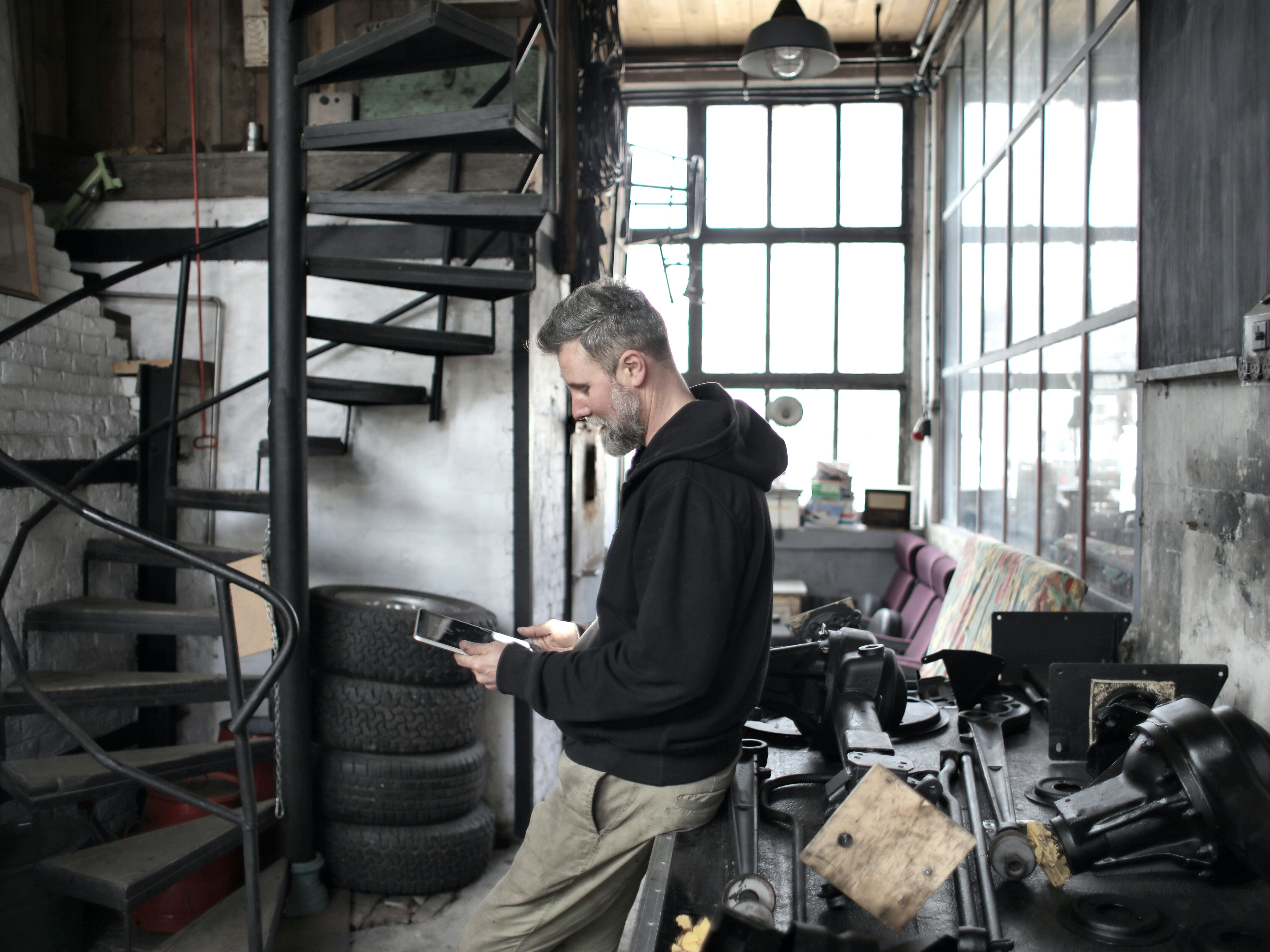
Manufacturing is evolving in response to COVID-19. New requirements that limit onsite workers are forcing manufacturers to change the way they operate, and pushing them to move jobs into digital environments for the first time. It’s a necessary pivot, but also a fundamentally different approach that will require extensive adjustment for an industry that employs about 13 million workers in the United States alone.
Not surprisingly, the question of how to collaborate effectively if your team is remote weighs heavily on everyone’s mind. When it comes to being able to meet demand, with almost 50% of the workforce working remotely, manufacturers face three major challenges:
- How to effectively monitor production health and performance without being onsite,
- How to get precise insights on machine performance issues — including what needs to be fixed, adjusted, or improved — so that limited onsite resources can focus on high-impact work, and
- How to enable onsite teams to become more autonomous, and provide them with real-time support and expertise.
Fortunately, those who operate and maintain manufacturing assets can now overcome these challenges with the help of solutions that combine the internet of things, artificial intelligence and remote collaboration technologies.
One rapidly growing example of such options is digital machine health, which allows maintenance, reliability and operations teams to remotely monitor machines’ health, and take action only when necessary. Corporate management benefits greatly from the resulting visibility, as well as the ability to guide onsite activity via remote collaboration.
With rapid adoption of these technologies, manufacturers are engaging in two modes of operation: the physical shift, for onsite teams that operate and maintain machines on the factory floor, and the virtual shift, for remote teams that monitor the factory and help optimize machine performance and operations from a distance,
Ideally, physical shifts supported by virtual shifts enhance capabilities on the factory floor while also improving efficiency, productivity and other key metrics. By eliminating the requirement for all workers to be onsite, manufacturers enable often over-stretched subject-matter experts and managers to apply their expertise to multiple factory environments.
Opportunities for collaboration push manufacturers to become more proactive. Take machine health. Continuous monitoring with AI-based prescriptive alerts can free up reliability experts to improve the design of their systems and processes, and find ways to increase productivity at scale, instead of manually diagnosing and fixing problems as they occur. By allowing experts this extra time, such systems can reduce risk across operations, while allowing onsite teams to prioritize limited resources and ensure repair effectiveness.
Factories are going remote out of necessity, but many are finding that fewer onsite staff and more virtual input can result in substantial improvements. Expect the concept of the virtual shift to be widely adopted in future, even after the end of social-distancing requirements.
The virtual shift was already underway before the start of the pandemic. Most manufacturers had a digital roadmap in place. Now, however, with change happening so quickly, manufacturers are having to step up their progress, in some cases achieving as much as five years’ worth of innovation within months.
Many have discovered that plans that looked good on paper are hard to translate into practice. Consequently, the virtual shift can cause some manufacturers to trip and stumble. To keep that from happening while making the most of this unique opportunity to evolve, manufacturers should follow these three best practices:
Delineate teams. Who must work inside the factory? Conversely, who does a job that could or should be performed remotely? The answers to these questions aren’t simple or obvious. Many manufacturers are broadening the skillsets of onsite teams to create more generalists. Populating the factory floor with people who, with the right guidance, can tackle many different jobs can help resolve a much wider range of issues.
Conversely, find ways to utilize specialists remotely. Whether it’s reliability, quality, engineering, or other subject-matter experts, the specialized focus of their work makes it more conducive to performing digitally. Having these professionals offsite also lets them remotely serve multiple factories and cross-pollinate across the enterprise.
Prioritize technology. The virtual shift will work only if the infrastructure for IoT, AI and remote collaboration tools is up to par. Some offices have had an easy time going remote, as they’re optimized for connectivity. But many factories still lack that basic capability. Manufacturers will need to ensure that factories can send high volumes of data over mobile networks.
Think also about user needs. For example, how does someone inside the factory do a video conference around noisy machines with both hands occupied? Augmented-reality goggles for hands-free operation are a great solution in this situation, but they’re not yet a standard resource that factories have sitting in storage. To enable a more seamless virtual shift, tech infrastructure needs to be upgraded.
Change behavior. Manufacturing collaboration between virtual and onsite workers will break down if any participants lack adequate training. This is a fundamentally new way of working for all involved. It’s unrealistic to think they can instantly adapt with minimal instruction. Therefore, training and ongoing sharing of best practices are paramount for the success of remote collaboration.
Members of the virtual shift should think of their role as helping the onsite team to work as effectively and safely as possible. Remote workers aren’t there to dictate orders from afar; their job is to ensure a consistent layer of digital support in order to realize the maximum benefits of machine health-enabled remote collaboration.
Current circumstances may have necessitated the emergence of the virtual shift, but it has significant long-term benefits due to a broader trend of accelerated digital transformation in manufacturing. Manufacturers that proactively invest in solutions that enable remote work and collaboration will reap the benefits years before their competitors.
Artem Kroupenev is vice president of strategy at Augury.







